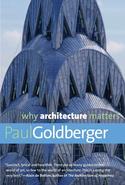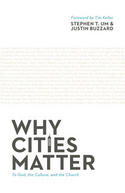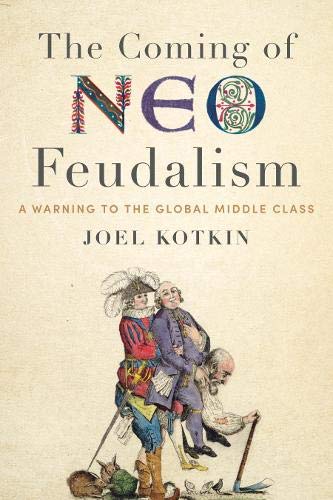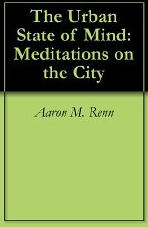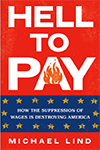Last month the BLS put out the first official release of annual job data for metropolitan areas, so I wanted to take a brief look at this for large metro areas (more than one million in population, based on old metro area definitions that the BLS still uses). Here are the top 10 cities for percentage job growth. Nashville takes the crown. I’m also personally glad to see Indy bounce back after a couple tough years. read more »
Newgeography.com - Economic, demographic, and political commentary about places
Fracking Offers Jerry Brown a Watershed Moment
The recent announcement that Jerry Brown is studying "fracking" in California, suggests that our governor may be waking up to the long-term reality facing our state. It demonstrates that, despite the almost embarrassing praise from East Coast media about his energy and green policies, Brown likely knows full well that the state's current course, to use the most overused term, is simply not politically and economically sustainable. read more »
CSI Switzerland: Anatomy of an iPod Theft
When my seventeen year old son was mugged this year, coming home on a late weekend tram, he lost his iPod along with his Beats headset. I felt sympathetic, but not shocked, that he had been shaken down, even though we live in a quiet village on the outskirts of Geneva. read more »
Richard Florida's Federal Fantasy
Urbanist Richard Florida, in a New York Daily News op-ed, has called for President Obama to define his legacy not only by focusing on gun control, immigration and climate change, but by zeroing in on an even more important issue: America’s urbanization. read more »
The Evolving Urban Form: Nanjing
Nanjing is one of China's most historic cities. It is one of the four great ancient capitals of the nation, along with Beijing, Chang'an (Xi'an) and Luoyang. Its name means southern capital (Nan=south, Jing=capital), while the name of the current capital, Beijing means Northern capital. read more »
Megacities And The Density Delusion: Why More People Doesn't Equal More Wealth
Perhaps no idea is more widely accepted among urban core theorists than the notion that higher population densities lead to more productivity and sustainable economic growth. Yet upon examination, there are less than compelling moorings for the beliefs of what Pittsburgh blogger Jim Russell calls “the density cult,” whose adherents include many planners and urban land speculators. read more »
Building Authenticity: Finding Gems in Florida's Stucco Mansions
This jaded land, Florida, is the world-weary capital of architectural irony, with more tongue-in-cheek showpieces than even Las Vegas. But hidden within the MedRev McMansions, the stucco-smeared stage sets, and the high cynicism of our highway junkspace, there lies hidden a handful of true works of quiet beauty. Leave it to Paul Goldberger, Pulitzer prize-winning architecture critic and best-selling author of Why Architecture Matters, to point it out to us godless heathens. In an interview, he tells me that he’s excited to tour these nuggets we’re hoarding. Who knew?
“While Frank Lloyd Wright and other ‘star-chitects’ hogged center stage,” Goldberger says, “many more created earnest, sincere buildings that fulfilled their obligation to the street. These unsung heroes of American architecture matter. I think that James Gamble Rogers II was one of these in Winter Park. I hope so, anyway, because I’m coming down from New York to see them for the first time ever.” Sincere architecture: an endangered species in the world today, but in over-themed Orlando, practically nonexistent. read more »
- Login to post comments
Why Cities Matter
Why Cities Matter
by Stephen Um and Justin Buzzard
Pretty much everybody doing anything today has to be thinking about how to respond to urbanism, especially in a global but also a developed world context. While it’s clearly too early to proclaim the “death of the suburb” clearly cities have experienced a resurgence. New York, LA, and San Francisco are at all time population highs. The District of Columbia and Philadelphia grew for the first time since 1950 according to the latest census.
Religion has been one of those movements that has to respond to urbanism. Christianity was traditionally an anchor of cities, especially the Catholic Church which was a key agency of assimilating of immigrants into American society, among other things. read more »
US Suburbs Approaching Jobs-Housing Balance
Suburban areas in the US metropolitan areas with more than 1 million total regional population, once largely seen as bedroom communities, are nearing parity between jobs and resident employees. The jobs housing balance, which measures the number of jobs per resident employee in a geographical area has reached 0.89 (jobs per resident workers) in these 51 major metropolitan areas, according to data in the 2011 one-year American Community Survey. read more »
Density Boondoggles
Is it density or migration? Venture capitalist Brad Feld weighs in:
The cities that have the most movement in and out of them are the most vibrant.
The densest city in the world won't be as vibrant as the city with the most talent churn. Yet planners and urbanists tout the former over the latter. read more »





